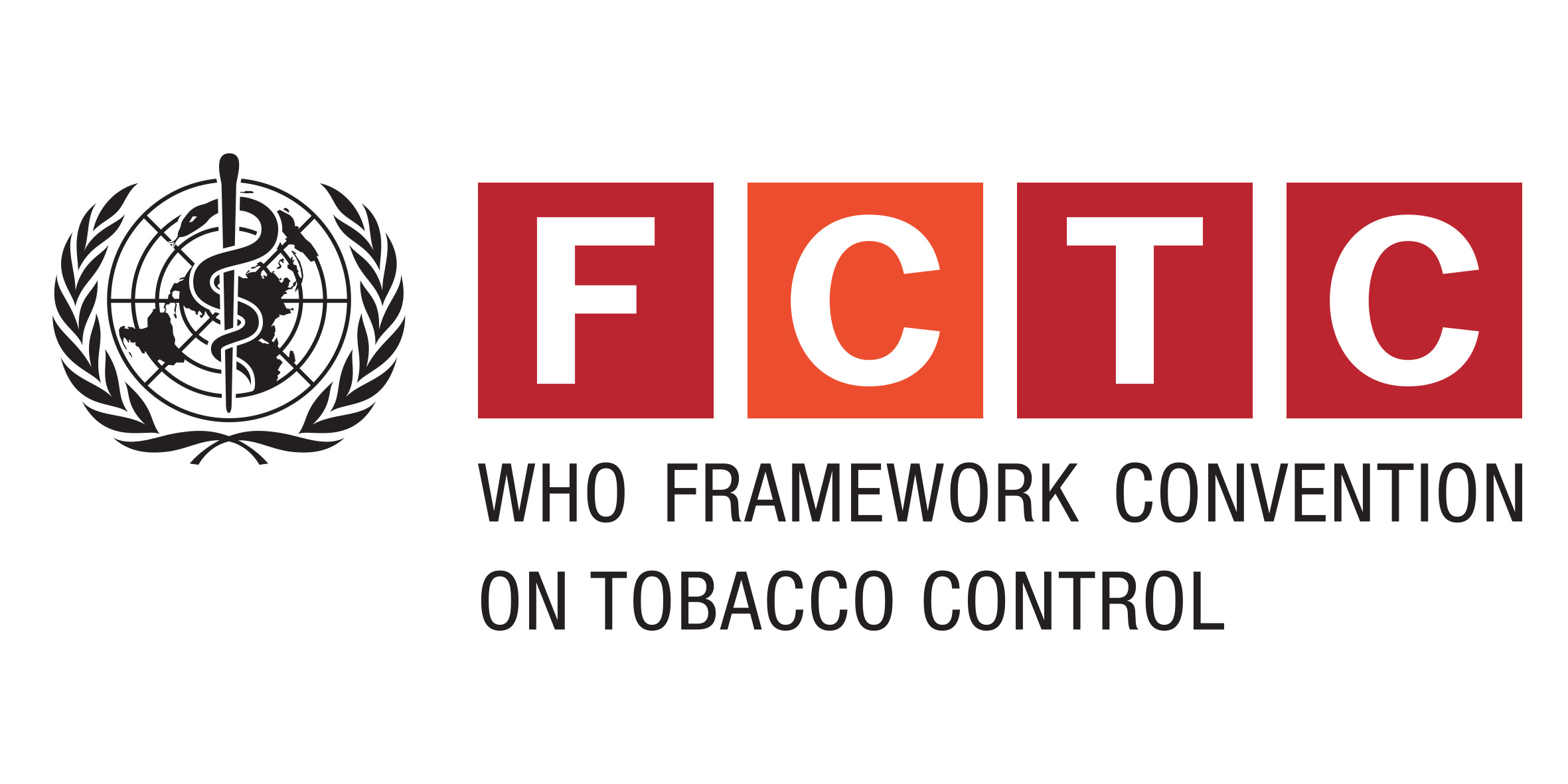Journal Article
Print(0)
American journal of disaster medicine
Am.J.Disaster Med.
Spring
9
2
151
156
JID: 101291100; ppublish
United States
1932-149X; 1932-149X
PMID: 25068944
eng
Case Reports; Journal Article; IM
10.5055/ajdm.2014.0151 [doi]
Unknown(0)
25068944
OBJECTIVE: Accurate medical evaluation of victims injured during confined space rescues poses significant operational, medical, and logistical challenges for medical providers of all disciplines and experience levels. The Federal Emergency Management Agency (FEMA) teaches rescuers to begin their assessment as soon as verbal contact is obtained with the victim. While a significant amount of information can be obtained by talking to the victim, an accurate assessment of the victim's condition is often limited or impossible. Many professional rescue agencies currently use cameras to locate a victim's position or visualize obstacles that prevent the successful extraction of casualties. However, there is no published literature describing the use of a camera to complete a medical evaluation. RESULTS: The authors describe their use of a fiber optic camera to complete a limited but accurate primary and secondary trauma evaluation of a patient trapped inside an 18 in water pipe for a prolonged period of time. The providers' assessment provided critical information to the rescue team and assisted in the planning and eventual extrication of the patient from the confined space. Moreover, there was very little variation between the findings obtained during the assessment at the scene and the assessment in the receiving facility's trauma bay. CONCLUSION: When evaluating a trauma patient, there is no substitution for visual inspection and physical diagnosis. The use of a fiber optic camera can assist rescuers and medical providers in obtaining the information they desire, and enable the completion of an accurate patient assessment. The camera may also provide psychological reassurance and ease anxiety, as well as generate prehospital images that can be transmitted to the receiving facility for use in preparation of the casualty. Emergency medical service providers, urban search & rescue teams, fire departments, and other professional rescuers should be trained on the use and limitations of fiber optic cameras during confined space rescues. Furthermore, regulatory agencies such as FEMA should consider integrating the use of fiber optic camera and audiovisual devices into the current training courses offered to professional rescuers.
Kotora,J.G., Westrol,M.S., Merlin,M.A.
Fellow, Newark Beth Israel Medical Center, Department of Emergency Medicine, Newark, New Jersey.; Resident, Rutgers - Robert Wood Johnson Medical School, Robert Wood Johnson University Hospital, New Brunswick, New Jersey.; Program Director-EMS & Disaster
http://vp9py7xf3h.search.serialssolutions.com/?charset=utf-8&pmid=25068944
2014

